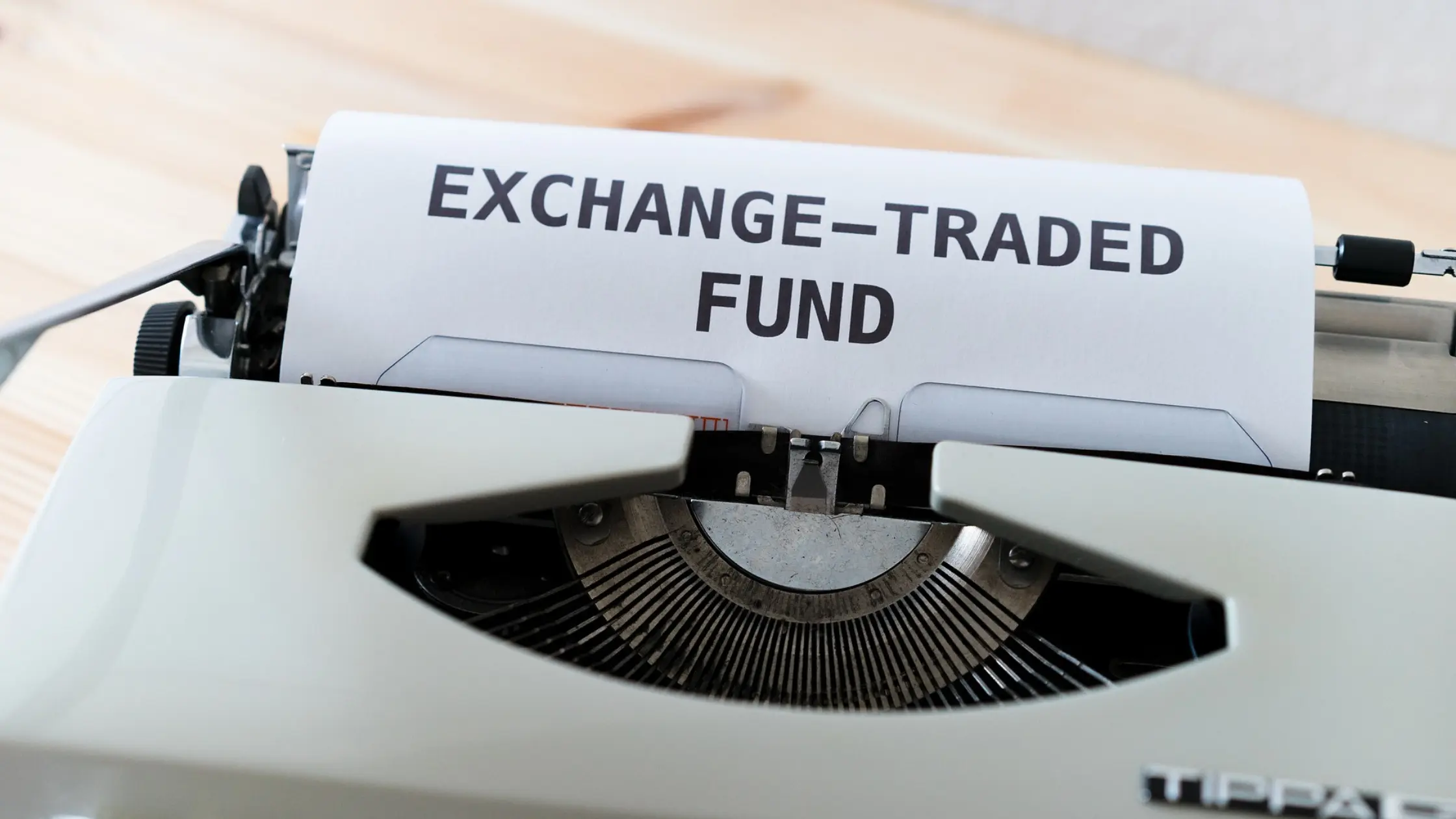Buying Stocks? Beware of Anchoring When Investing
April 15, 2021

What do investing and fighting have in common? Being successful at either requires you to be agile, constantly rethinking positions, for both defense and attack.
Martial arts legend Bruce Lee wrote in the “Tao of Jeet June Do”:
“A fighter should not be flatfooted….It is not recommended, therefore, that you stay too long on the same spot.”
Or as boxing legend Muhammad Ali famously said:
“Float like a butterfly and sting like a bee.”
Don’t fixate when investing
A common psychological error in investing – something called “anchoring bias” – is the opposite of agility and can inflict significant damage on your portfolio’s long-term returns.
As the term suggests, that anchor is a “dead weight” on your investment thinking. It keeps you flatfooted when, in fact what you need is agile thinking.
At its core, “anchoring” involves a fixation on a particular reference point for one’s investment value.
And that reference point – whether it is your purchase price or the price to earnings multiple at which you bought – then “anchors” your views for that stock.
Indeed this could also apply to any other asset, leaving you (the investor) unable to shift, pivot, attack or withdraw.
Examples of anchoring
Let’s start with a non-stock example; residential property. When markets suddenly surge due to cuts in mortgage interest rates, many investors simply refuse to buy.
That’s despite the possibility that prices may not come down as long as interest rates remain low.
And that’s fine if the investor has a contrary view that interest rates may go up soon.
But it does not make a lot of sense if the only reason for refusing to buy is an anchoring bias driven by the history of, say, 3-bedroom private apartments in a certain area transacting for around S$2.0m, rather than S$2.2m. That is anchoring bias.
Anchoring in stocks
As for stock markets, a recent example of anchoring bias is the price-to-earnings (PE) multiple at which US stocks traded at before the Covid-19 pandemic.
The 10-year average valuation multiple – the forward 12-months PE ratio – was then 15x.
But when stocks started to see a rebound in April, the forward PE ratio surged to 19x.
A lot of investors refused to “chase” what they regarded as “overvalued” stocks. Of course, US stocks were overvalued by the past 10 years’ historical standards.
That 10-year average PE ratio proved to be the “anchor” which biased investors. This prevented them from taking a more nuanced view of the situation.
Look at the mechanics when assessing
An open-minded investigation of the situation – one without this bias – would have pointed to the massive amount of bond buying by the US Federal Reserve and cuts to the central bank’s interest rates.
Indeed, PE ratio valuations adjusted for lower bond yields and interest rates actually suggested stocks were not all that expensive.
The rest is history. The S&P 500 went on to rally 54% from its April 2020 low to its December 2020 high.
Forget the price tag
Another common example of “anchoring bias” is the price at which one bought a stock.
That “anchor” often leaves investors unable to cut losses and sell an investment when circumstances turn negative.
Let’s say you bought United Airlines Holdings Inc (NASDAQ: UAL) in late 2019 at US$90. You then allowed “anchoring bias” to fixate your opinions and your actions on that US$90 price level.
When the pandemic hit, you still had the chance to sell at US$78 in late February, but you held on because that “anchor” prevented you from pivoting.
The stock bottomed out at US$19.92, and was at the time of writing still only around US$50.
Be flexible
Okay, let’s leave aside the Kungfu fighters and heavyweight boxers.
One of the world’s most famous economists, John Maynard Keynes, reportedly put it this way: “When the facts change, I change my mind. What do you do?”
Disclaimer: Chief Investment Strategist Say Boon Lim doesn’t own shares of any companies mentioned.
Say Boon Lim
Say Boon Lim is CGS-CIMB's Melbourne-based Chief Investment Strategist. Over his 40-year career, he has worked in financial media, and banking and finance. Among other things, he has served as Chief Investment Officer for DBS Bank and Chief Investment Strategist for Standard Chartered Bank.
Say Boon has two passions - markets and martial arts. He has trained in Wing Chun Kung Fu and holds black belts in Shitoryu Karate and Shukokai Karate. Oh, and he loves a beer!







